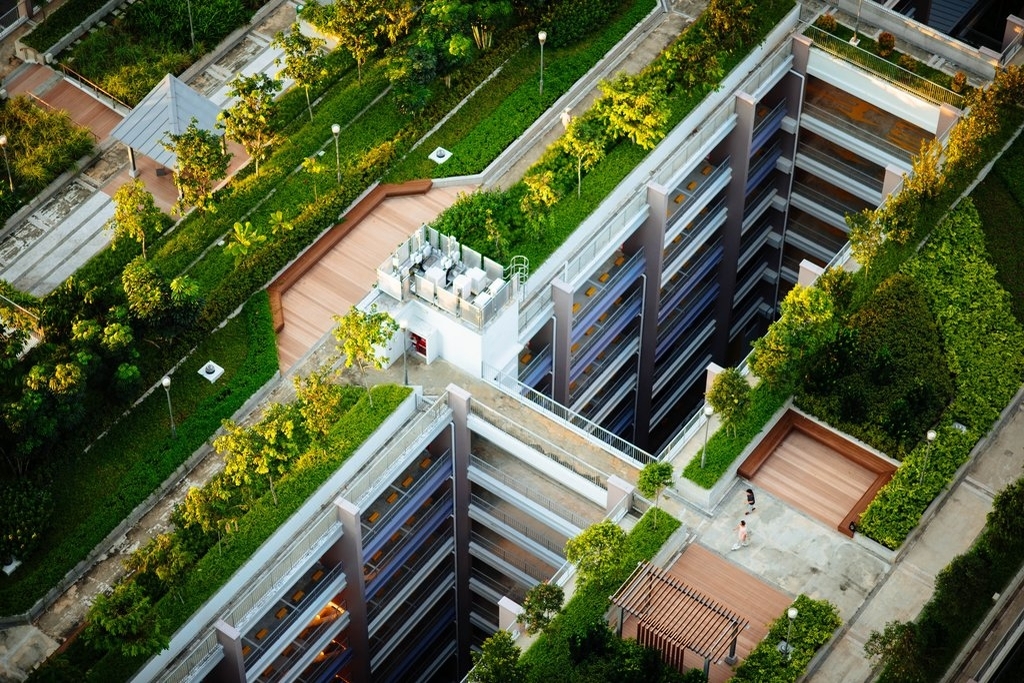How City Blooming can Save You Time, Stress, and Money.
How City Blooming can Save You Time, Stress, and Money.
Blog Article
City Blooming - An Overview
Table of Contents5 Easy Facts About City Blooming Shown8 Easy Facts About City Blooming ShownThe Buzz on City BloomingHow City Blooming can Save You Time, Stress, and Money.City Blooming Can Be Fun For Everyone
Fascinated in expanding food for sale in the City of Chicago? Below is a checklist of frequently asked questions pertaining to the guidelines and regulations that farmers should take into consideration when preparing a city farming project.
The zoning modification does not change any kind of various other codes handling composting, structure authorizations, acquiring or renting City possessed residential or commercial property, company licenses or environmental contamination. There are existing codes that manage these concerns and they stay completely impact and may be appropriate to your task. Neighborhood yards are typically had or managed by public entities, public organizations or community-based companies and preserved by volunteers.
Urban farms expand food that is meant to be sold, either on a nonprofit or for-profit basis. Because of their business purpose, urban farms call for a service certificate. Yes. A community garden is allowed to market excess produce that was grown on site if the sales are accessory or secondary to the yard's main purpose described above.
How City Blooming can Save You Time, Stress, and Money.
The amount of compost product can not surpass 25 cubic yards at any kind of provided time according to the standards in 7-28-715 of the City's Municipal Code. Due to the fact that the dirt at a lot of new yard sites needs modifying, compost, dirt, wood chips, or other materials can be obtained to create or boost the growing room.

If a structure permit is called for after that the hoophouse will certainly be taken into consideration an accessory building. You can discover out more concerning the structure permit needs by contacting the Division of Structures. The 25,000-square-foot size restriction is meant to stop a single area garden from controling a provided block or taking away from the block's existing residential or commercial character.
The limit does not use to yards located in Public Open Area (POS) areas. Can there be more than one community garden that is 25,000 square feet on a single block? Fence is not required, nonetheless, gardens that have huge car park areas may be required to set up secure fencing or click for more info other landscaping attributes.
Get This Report on City Blooming
B1 & B2 districts require that all commercial usage activities be carried out inside your home. Is fencing required for urban ranches? Fences might be needed, along with landscaping and testing, for particular vehicle parking areas and outdoor job or storage space areas depending on location and the certain activity taking area.
Yes. Urban ranches call for building authorizations and zoning authorizations prior to building and construction. Various other kinds of city testimonial might be needed depending upon certain frameworks, activities, dimension, landscaping, licensing, public heath and stormwater monitoring issues. A number of these needs are determined in the task style or permitting process, nevertheless, the applicant might be liable to separately determine certain licenses or allows that may be required.
Yes. The sort of permit is determined by what is occurring at the site. The Department of Service Affairs and Consumer Security can aid identify the specific type of business permit that's needed. Yes. Off road car parking is needed for the majority of industrial tasks in Chicago. The needed variety of auto parking spaces is based upon the number of workers working with website and not the square video footage of the expanding space.
Things about City Blooming

Yes. An urban ranch can sell garden compost product produced on website, nevertheless, the procedure must conform with the policies in 7-28-715 of the Chicago Municipal Code. Yes. Aquaponic systems are permitted inside on urban farms in many zoning districts. Nevertheless, a zoning testimonial and building license is required in order to install structures or systems and an organization certificate is required as explained over.
Approximately five hives or swarms of honey bees may be kept as an accessory use. Beekeepers have to register with the Illinois Division of Agriculture. For additional information about the suggested zoning amendment you might contact the Division of Real Estate and Economic Advancement, Bureau of Preparation and Zoning at 312.744.8563.
Farming in cities and city locations An urban farm in Chicago. Urban agriculture describes various practices of growing. https://www.intensedebate.com/people/cityblooming1, processing, and dispersing food in urban areas. The term likewise relates to the location tasks of animal husbandry, aquaculture, beekeeping, and gardening in a metropolitan context. Urban farming is differentiated from peri-urban agriculture, which occurs in backwoods at the edge of suburbs.
Some Known Details About City Blooming
It can involve a motion of organic farmers, "foodies" and "locavores", that seek to form socials media started on a common ethos of nature and neighborhood holism. These networks can establish by means of official institutional assistance, becoming incorporated into regional town as a "shift town" motion for lasting metropolitan development.
In either case, the more direct access to fresh veggie, fruit, and meat products that may be understood via urban agriculture can enhance food security and food safety and security while decreasing food miles, causing reduced greenhouse gas discharges, thus adding to climate change reduction. Several of the very first proof of urban agriculture originates from Mesopotamia.
Report this page